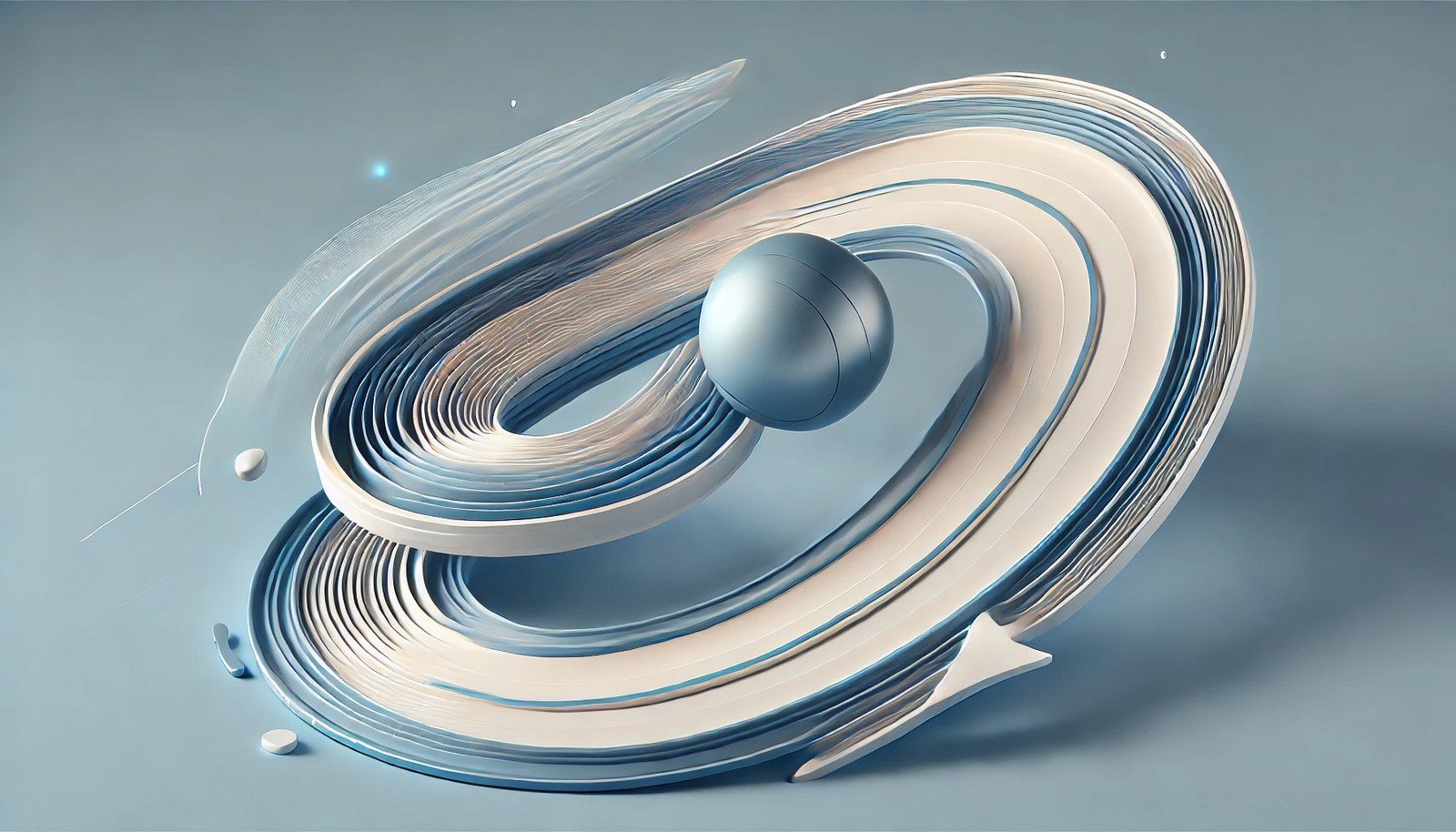Nesterov Momentum

Quick Navigation:
- Nesterov Momentum Definition
- Nesterov Momentum Explained Easy
- Nesterov Momentum Origin
- Nesterov Momentum Etymology
- Nesterov Momentum Usage Trends
- Nesterov Momentum Usage
- Nesterov Momentum Examples in Context
- Nesterov Momentum FAQ
- Nesterov Momentum Related Words
Nesterov Momentum Definition
Nesterov Momentum is an advanced optimization technique used in machine learning, particularly in neural networks, to speed up gradient descent by adjusting the momentum term. It helps models converge faster by taking into account both current and anticipated changes in gradients, making optimization more efficient and stable. This method addresses the limitations of standard momentum-based optimization by applying "look-ahead" adjustments, which allow it to better handle fluctuating gradient directions, particularly in complex, non-convex loss landscapes common in deep learning.
Nesterov Momentum Explained Easy
Imagine you’re rolling down a hill and want to pick up speed without losing control. Regular momentum lets you roll faster, but you might overshoot or miss a turn. Nesterov Momentum is like getting a map ahead of time: it lets you see the curves and make adjustments early so you don’t go off course. In machine learning, this means the model can learn faster without getting stuck or lost as often.
Nesterov Momentum Origin
Nesterov Momentum was introduced by Yurii Nesterov, a mathematician specializing in optimization theory. His development of this momentum-based approach has influenced various fields, including machine learning, by providing a more refined way to reach optimal solutions in complex optimization problems.
Nesterov Momentum Etymology
The term “Nesterov Momentum” originates from the surname of Yurii Nesterov, who formulated the optimization method to improve upon basic momentum in gradient-based algorithms.
Nesterov Momentum Usage Trends
In recent years, Nesterov Momentum has gained popularity in training deep neural networks, especially as more complex models require enhanced stability and faster convergence. The technique is now widely used across machine learning applications in image recognition, natural language processing, and reinforcement learning. Researchers and practitioners prefer Nesterov Momentum in scenarios where traditional gradient descent may struggle with convergence.
Nesterov Momentum Usage
- Formal/Technical Tagging:
- Optimization
- Machine Learning
- Neural Networks
- Gradient Descent - Typical Collocations:
- "Nesterov Momentum algorithm"
- "optimization with Nesterov Momentum"
- "Nesterov accelerated gradient"
- "training with Nesterov Momentum"
Nesterov Momentum Examples in Context
- Using Nesterov Momentum, a neural network model can achieve faster convergence, making it ideal for time-sensitive applications.
- In deep learning, applying Nesterov Momentum during gradient descent helps stabilize the training process, especially in models with large datasets.
- Reinforcement learning environments benefit from Nesterov Momentum as it reduces the oscillations seen in standard momentum approaches.
Nesterov Momentum FAQ
- What is Nesterov Momentum?
Nesterov Momentum is an optimization technique that improves gradient descent in machine learning by adjusting for future gradient changes. - How does Nesterov Momentum differ from regular momentum?
Unlike regular momentum, Nesterov anticipates future gradients, allowing for more stable and faster convergence. - Where is Nesterov Momentum used?
It’s commonly used in training neural networks, particularly in deep learning applications. - What problem does Nesterov Momentum solve?
It reduces the risk of overshooting and instability in gradient descent by adjusting ahead of time. - Who created Nesterov Momentum?
It was introduced by mathematician Yurii Nesterov. - Is Nesterov Momentum better than regular momentum?
In many cases, yes, as it anticipates gradient changes, providing a smoother optimization process. - Does Nesterov Momentum work in all machine learning models?
It’s most beneficial in deep learning models but can be used in various optimization scenarios. - How is Nesterov Momentum implemented?
It’s often added as a parameter in optimization functions of machine learning libraries. - What is “look-ahead” in Nesterov Momentum?
This term refers to its ability to anticipate upcoming gradient changes. - What types of problems benefit most from Nesterov Momentum?
Problems with complex, non-convex landscapes, like deep learning, benefit most.
Nesterov Momentum Related Words
- Categories/Topics:
- Optimization
- Machine Learning
- Gradient Descent
- Neural Networks
Did you know?
Nesterov Momentum has influenced numerous algorithms in optimization, providing a critical speed boost in deep learning applications. This innovation has paved the way for faster image and speech recognition technologies, making these applications more accessible in real-time.
PicDictionary.com is an online dictionary in pictures. If you have questions or suggestions, please reach out to us on WhatsApp or Twitter.Authors | Arjun Vishnu | @ArjunAndVishnu

I am Vishnu. I like AI, Linux, Single Board Computers, and Cloud Computing. I create the web & video content, and I also write for popular websites.
My younger brother, Arjun handles image & video editing. Together, we run a YouTube Channel that's focused on reviewing gadgets and explaining technology.



Comments powered by CComment